A couple seedlings catch a ride on someone’s dog or pant leg, and before you know it, buckthorn is shouldering out your grazing lands, cheatgrass is increasing the frequency of wildfires by stealing moisture from native plants, or the deceptively attractive water hyacinth has covered over entire bodies of water causing flooding, displacing water fowl, and blocking sunlight from reaching the sea life below. Once an invasive species has overrun a native ecosystem, it is difficult to turn back the clock. So the question is: how do we find invasive species early and stop them from becoming a problem?
The answer is satellites. By using remote sensing techniques to image Earth’s surface, scientists can create profiles of habitats that are likely to attract certain invasive species.
To create these profiles, one needs data. Lots of data.
INNOVIM worked with NASA and the US Geological Survey to take data from the LandSat and Modis Earth Observation satellites and use it to build a geostatistical model that predicts the most likely locations for an invasive outbreak. The model, called the National Invasive Species Forecasting System (ISFS) has since been used to map the distribution of Africanized honey bees, keep brown treesnakes from taking over Hawaii, and manage the spread of the tamarisk tree throughout the southwest.
